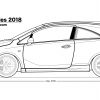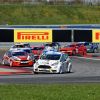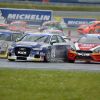Touring Car Review of the Decade
Think back ten years to the last days of the last millennium and the touring car scene seems a world away. The BTCC stood on the verge of its brave new world, poised to go into the last ever year of the Super Touring era before going BTC-spec, Mercedes, Opel and the DTM was returning after a four year absence and the death of the Italian championship was set to be the launch pad for the re-birth of the World Touring Car Championship.
Ten year’s on and the BTCC is preparing to once again go its own way, this time with the NGTC regulations, while two German manufacturers continue to do battle in the DTM, though Audi have taken over Opel’s mantel as Mercedes bête-noire.
Meanwhile the re-born WTCC is itself at a crossroads with S2000 drawing towards the end of its lifespan and car manufacturers cutting back while the Italian Superstars series seems to be a coming force with its popular V8 silhouette rules.
Down Under another V8-based series goes from strength-to-strength as touring car racing enters its 51st year in Australia, and back in Europe 2010 sees the debut of the Scandinavian Touring Car Championship and a revamping of the European Touring Car Cup, proving that in touring cars life never stands still.
As for what the last decade will be known for, then there are several suggestions.
Dispensations, ballast, performance balancing, whatever you want to call it, all of the major series have embraced rules which artificially try to bring the field closer together in one way or another to varying degrees of success.
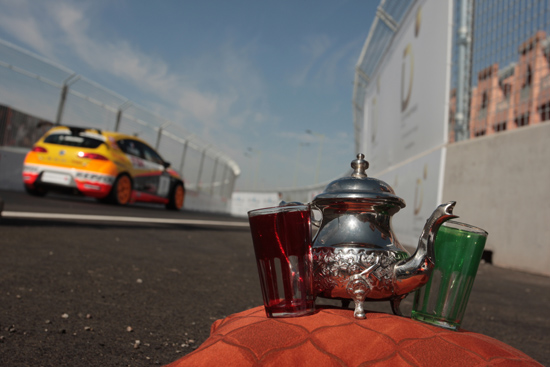
The globalisation of touring car racing re-occurred during the 2000s with the World Touring Car Championship re-appearing on the calendar after an 18-year absence, bring ‘European’ style touring car racing to Mexico, Morocco, Brazil and Japan, while the DTM flirted with China and V8 Supercars began to explore Asia and the Middle East.
Another lasting leitmotif of the ‘noughties’ could perhaps be the last swansong of the car manufacturers in touring car racing. Vauxhall, SEAT, Opel, Alfa Romeo, Ford and Honda have all come, saw and in some cases conquered various series, before departing, by-and-large, thanks to the commonly quoted budgetary reasons.
The Decade
Formed out of the ashes of so many domestic series, the European Touring Car Championship provided a useful outlet for the many Super Touring machines left with nowhere to race, with Fabrizio Giovanardi taking a hattrick of wins as the championship evolved from Super Touring only, to a BTCC-esque combined Super Touring/Super Production format and then in 2002 onto the new S2000 rules.
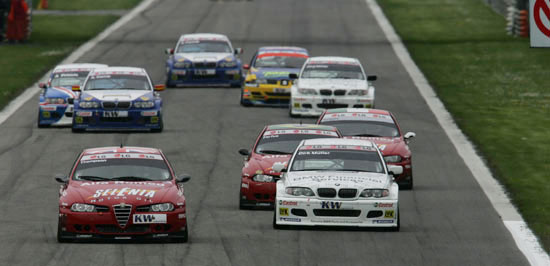
Through it all Gio reigned supreme before a mistaken move to BMW let in Gabriele Tarquini and then Andy Priaulx to begin his run of titles as the European series evolved into its present World-level series.
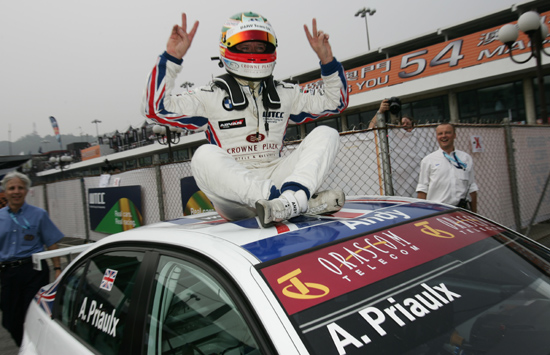
SEAT, BMW, Honda, Volvo, Alfa Romeo, Chevrolet and Lada all graced the world scene at some stage, though as the decade drew to a close the WTCC and its participants seemed hell bent on shooting themselves in their feet via team orders and intra-manufacturer squabbling over regulations.
Muller’s title in 2008 went into the history books as the first FIA World Championship to be won by a diesel powered car, while a year later Tarquini also wrote his name in the records by becoming the oldest ever FIA World Champion.
With Super Touring living on for just one year in Britain (allowing Alain Menu to take his second BTCC crown before moving onto the DTM with little success) the stage was soon set for a unique set of new regulations that set the BTCC apart from all other series.
A slow take up of the BTC regulations and the expertise of Triple Eight Engineering allowed Vauxhall to dominate, winning four straight titles through Jason Plato, Yvan Muller and James Thompson (twice).
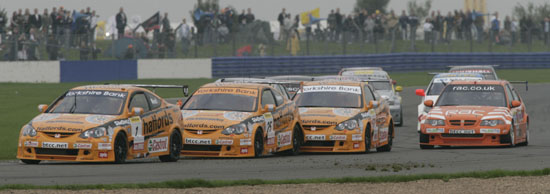
Matt Neal and the Honda Integra put an end to this run of success with back-to-back titles in 2005/06 while the arrival of SEAT, in 2004 when S2000 machines were admitted, shook up the series and added a genuine second manufacturer effort to the series. Despite employing a mixture of top line talents (Plato & Thompson) and up-and-coming youngsters (Rob Huff, James Pickford and Luke Hines) SEAT couldn’t quite get the mix right, and reliability ensured that by the time they left the series after five years, the driver’s title had evaded them.
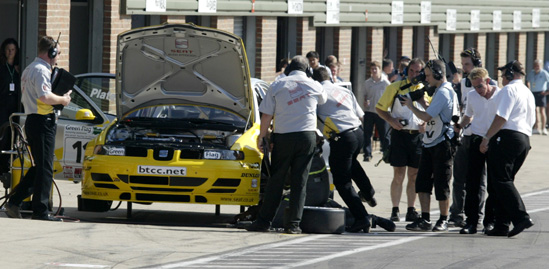
Giovanardi then added his name to list of foreign megastars who had won the BTCC, becoming the first non-Briton to retain the title since the late Frank Gardener (who sadly passed away during 2009) in 1967/68. The BTCC rounded out the decade with one of the most exciting title battles in year’s as Colin Turkington came out on top against a multitude of challengers in a variety of machinery.
Another domestic series prospering under S2000 regulations is Sweden, where Tommy Rustad bookended the decade by winning the title in vastly different cars. In 2000 the Norwegian took the honours in a Nissan Primera before finishing up the decade with a second title in the bio-ethanol S2000 Volvo C30.
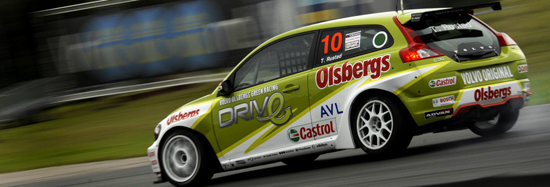
In between Audi and BMW dominated, taking four titles apiece with Richard Göransson claiming three wins and Frederik Ekblom two championships.
Like the STCC, the Danish Touring Car Championship also prospered in the ‘noughties’, but with claims this year from the organisers that the S2000 cars were too expensive to run, major changes are on the horizon. Much like the BTCC in the late 1990s, the introduction of an “invitation class” in 2009 forewarned of problems ahead.
But the future of the series looks healthy, with four joint races with the STCC under the title of the Scandinavian Touring Car Championship in 2010 pointing the way to a full-scale merger a year later.
The series did provide one of the heart-warming tales of the decade in the form of Jason Watt. Paralysed from the chest down in a motorcycle accident in 1999, the popular Dane fought on and claimed the DTC in 2002.
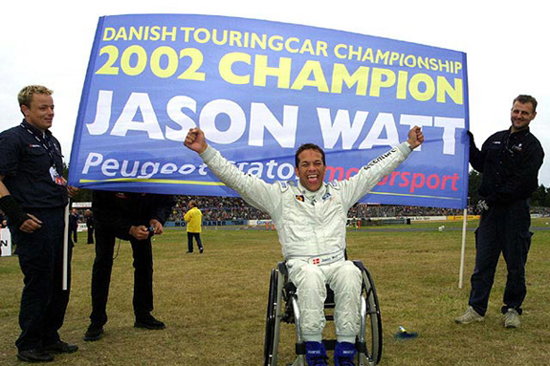
Elsewhere across Europe series in Russia, Finland and the Baltic were home to Super Production, S1600 and lower classes, with competitors from these championships regular visitors to the ETCC and even WTCC in the case of Golden Motors and double Russian champion Alexander Lvov.
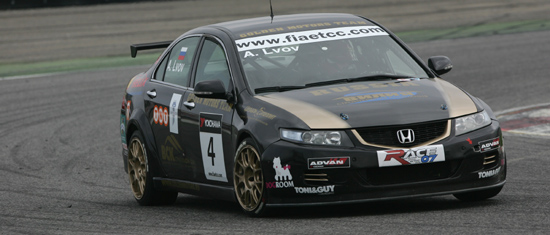
The death of the Italian Super Touring Championship that had led to the introduction of a European level contest meant there was no touring car series in Italy for the first part of the decade. A Super Production championship re-appeared in 2003 taking in the cars no long eligible for the ETCC before the move to S2000 in 2005 with Alex Zanardi taking the honours before Roberto Colciago added the Italian title to his Swedish double earlier in the decade.
As the ‘00s ended however, the now ITCC went the way of its predecessors, disappearing as the new Superstars championship took over.
With Audi, BMW, Cadillac, Chevrolet, Chrysler, Jaguar, Maserati and Mercedes all represented on the grid and a number of familiar names (even before any star studded additions this winter) like Gianni Morbidelli and Pierluigi Martini the series has one of the most diverse entry lists of any touring car series worldwide.
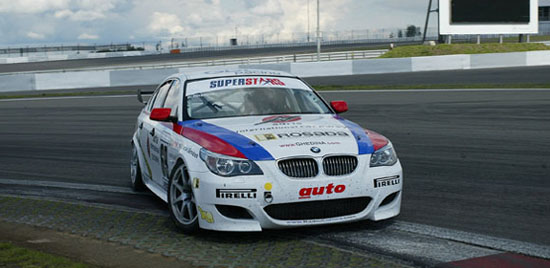
Having received international status from the FIA in 2007 Superstars has gone from strength to strength, although Morbidelli has so far proved to be unbeatable, winning a hattrick of titles in an Audi RS4 and a BMW M3.
Overshadowed by it’s bigger brother in Germany, the ADAC Procar Series began the decade with Super Production machinery before switching to S2000 in 2005 and encompassing divisions for S1600 and ADAC Procar 2000 categories. Franz Engstler emerged from the series as a double champion in the 2000s, to which he added two further titles in the Asian Touring Car Championship, a series running to broadly similar rules as Procar. The ATCC also provided titles for two names familiar to BTCC fans, with Finn Toni Ruokonen winning in 2002 and one time Proton pedaller Farique Hairumann winning in 2007.
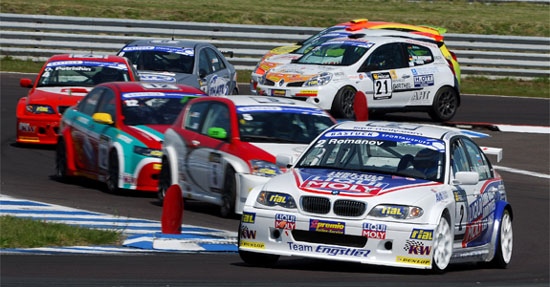
The big two series, in terms of engine size and regional dominance, though were the DTM and the V8 Supercars. Mark Skaife kicked off the ‘noughties’ Down Under with a trio of titles, with the driver himself describing his 2002 title as his best ever season.
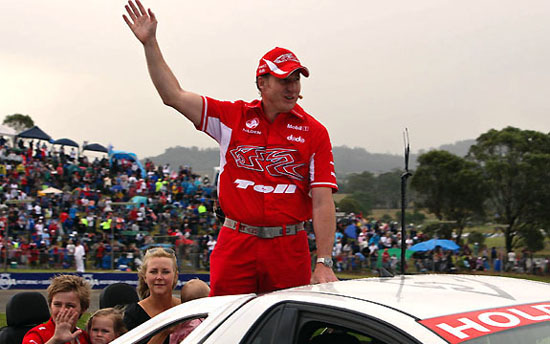
Skaife went on to surpass the late Peter Brock’s total of wins in 2006, the year he also celebrated his 200th championship start, before announcing his retirement at the end of the 2009 season, leaving the way clear for newer talents like Jamie Whincup and Will Davison.
Whincup and Marcos Ambrose were the other drivers to claim more than one title during the decade, as the V8 title swung from Holden to Ford, back again and then onto the ‘Blue Oval’ once more thanks to the late decade prowess of Whincup.
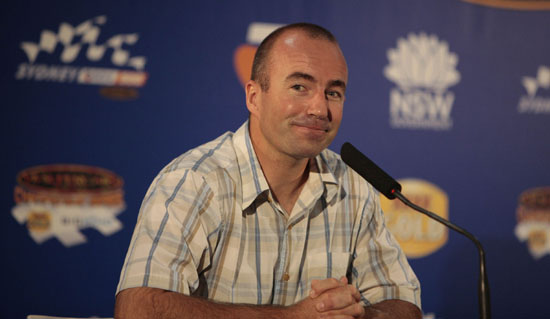
While the DTM may have become established at home, elsewhere in Europe the same can’t be said. By the end of 2010 fourteen different European circuits will have played host to the series, with only Zandvoort (on the calendar every year) and Brands Hatch (present since 2006) to be able to claim success.
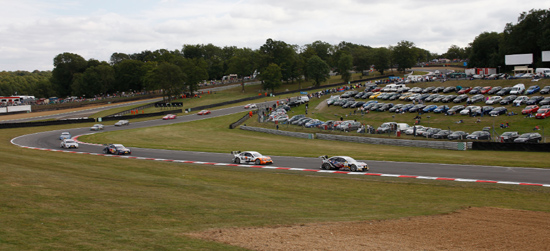
Abortive one year efforts have seen the series race at Zolder, Estoril, Istanbul and Dijon, while visits to Donington, Adria, Brno, Le Mans and Mugello have only last two years on the calendar. The failure to establish itself in Italy, France and the Iberian peninsula can be said to be one of the DTM’s greatest failings, and with the growth of the Superstars series into these territories and the strong International GT Open package, perhaps it is a battle the Germans are destined to lose.
The series though proved to be a popular choice for British single-seater champions and former Formula One stars alike, the latter especially contributing to the high profile of a championship whose racing was at times sadly uninspiring.
Opel started the decade going up against Mercedes, but shown up by the non-works Abt Sportsline team they departed leaving the series to play out the decade as an Audi v Mercedes battle.
With new regulations promised and on the horizon other car marques weren’t in a hurry to crash the party, with the abortive Zakspeed/MG attempt to join in 2005 the closest the DTM came to adding a new make.
The cars themselves proved to perhaps be closer to single-seaters than your typical touring car. Formula Three champions Gary Paffett, Paul Di Resta and Jamie Green and other promising youngsters from open wheel racing like Bruno Spengler, Alexandre Premat and Oliver Jarvis all proved to be ideally suited to the series.
Conversely touring car veterans like Menu and Jo Winkelhock didn’t adapt to the V8 machines and found themselves moving back into front wheel drive machines or retirement respectively.
With the title having swung back and forth between Audi and Mercedes for the majority of the decade, the Ingolstadt company came to dominate the series towards the end of the period, with Mathias Ekström and then Timo Scheider helping to secure a hattrick of Audi victories.
The Drivers
With such a range of series all coming under the broad title of touring car racing, it would be hard to assign a ‘Man of the Decade’ award without creating a degree of controversy.
If one touring car driver did stand out above the rest though the ‘noughties’ it’d be Bernd Schneider who added four DTM titles to his palmares, including three in the first four years of the re-born championship. With over 220 DTM races to his name, Schneider was still winning right up until his final season in 2008.
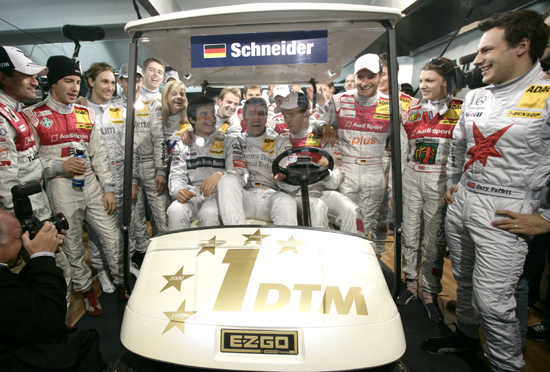
Down Under Mark Skaife began the decade with a similar kind of dominance, taking a hattrick of titles, something not achieved since the 1960s, but a feat that Jamie Whincup could emulate in 2010.
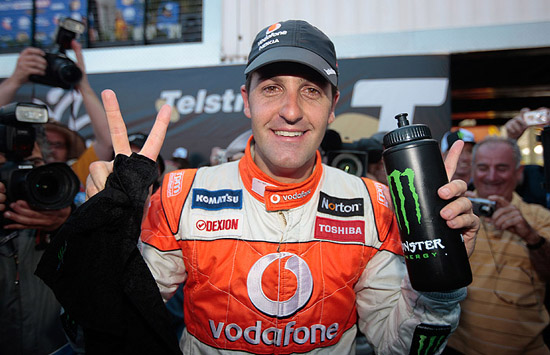
Laurent Aiello used the 2000s to add a DTM title to his French, STW and BTCC titles before retirement, an impressive record and testament to the Frenchman’s skill in a variety of machinery, while at the end of the decade, Timo Scheider’s efforts in becoming only the second man to retain the DTM title warrant his inclusion in a list of drivers of the decade.
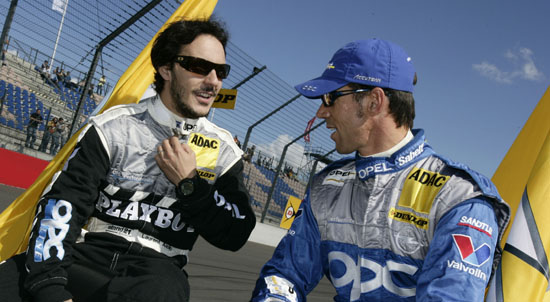
In front wheel drive machinery Andy Priaulx developed into a fan favourite with four titles in a row, an incredible feat considering he started the decade as a stand in at Vauxhall in the BTCC.
The sheer range of championships on offer from 2000 to 2009, added to the change from Super Touring, meant there were opportunities galore for drivers to excel in a variety of machinery.
Tommy Rustad, Yvan Muller and Fabrizio Giovanardi are examples of this, all winning titles in different specifications of touring car in a ten-year period, with the Italian in particular claiming five championships in ten seasons.
Double BTCC champion James Thompson is another to excel in a variety of equipment, although some might say that his diversification has come at the cost of at least one title, for many more it is refreshing to see a driver willing to turn their hand to all types of car and championship.
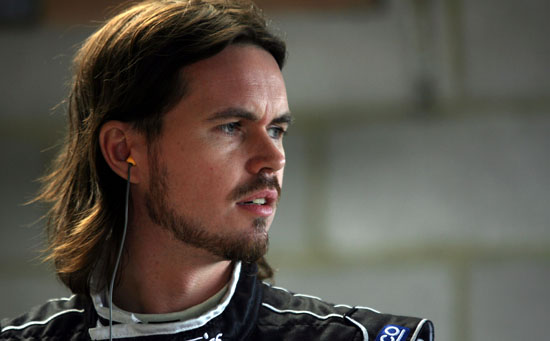
Unlike fellow British series alumni Thompson and Muller, Jason Plato is yet to prove his abilities on a wider scale, but within the BTCC he is undoubtedly a class act, and closing in on becoming the championships’ most successful racer.
Then there are the breakthrough stars, who rose to prominence in touring car racing this decade and are likely to be the names we are quoting in ten years time as the stars of the next decade of racing. Huff, Augusto Farfus, Mat Jackson and Oliver Jarvis have all proved their speed behind the wheel and now is the time for them to step up and start claiming the championships that their talents deserve.
Finally, as already touched upon, the story of Jason Watt’s Danish championship showed the way for driver’s with disabilities who still wished to compete at the highest levels, something reaffirmed by the uplifting and race winning tale of Alex Zanardi in the WTCC.
The Cars
Looking at the cars that have shaped the decade, then it is hard to look beyond the Vauxhall Astra Coupe a car that pulled off an impressive 25/26 race wins in its first season and helped Vauxhall to four straight drivers’ titles. Though considering the cars strongest opposition was the Peugeot 406 Coupe and the WSR prepared MGs, its legacy is somewhat weakened.
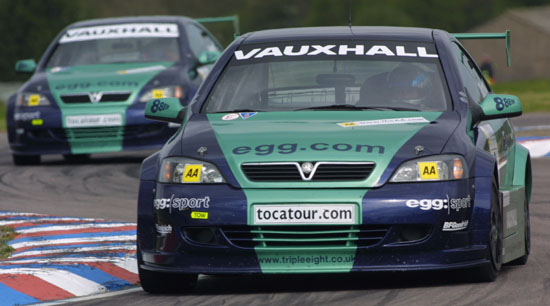
A glance over the drivers who campaigned the Astra is like a Who’s Who of touring car racing – Plato, Thompson, Muller, Neal, Priaulx and O’Neill to name but some of the drivers who started races in the car.
Testament to the Astra’s longevity and its influence on the BTCC is that as the decade drew to a close, one was still going strong in the hands of Martin Johnson.
A car that did prove itself against strong opposition was the Abt Audi TT-R, developed by the private Abt Sportsline team from 2000 onwards, the TT showed up the combined might of Mercedes and Opel, with Aiello taking the staring role.
Having initially struggled in 2000 thanks to the Audi TT’s poor aerodynamics and a hasty development programme, dispensation was agreed for Abt to run a stretched version of the car in 2001, with a higher rear wing also playing a part in Aiello’s title win.
Two wins in 2001, five in 2002 (including Mathias Ekström’s first in the DTM) and a final victory in 2003 all went the way of the TT-R before the team became a fully fledged manufacturer entry in 2004 and the A4 DTM was introduced.
Of course there are two other touring cars that have stood the test of time throughout the 2000s, providing exciting, close racing in a championship that offers the fan a diverse range of circuits and race distances. They are of course the Ford Falcon and the Holden Commodore, both of which, through various installments, have been the mainstay of V8 Supercars since 1995. In fact you have to go back to 1992 when Skaife won the title in a Nissan Skyline to find the last time the Holden/Ford dominance was broken, with the two makes set to share the honours for the foreseeable future.

Photos: ADAC Procar Media, BAM Media, btcc.net, DTM Media, jamiewhincup.com.au, Mediaempire.se, HRT, HSV Media, Superstars, watt.dk, WTCC Media



